5 conclusions from the 2020 Vuelta a San Juan
Evenepoel, Gaviria and McNulty shine in Argentina
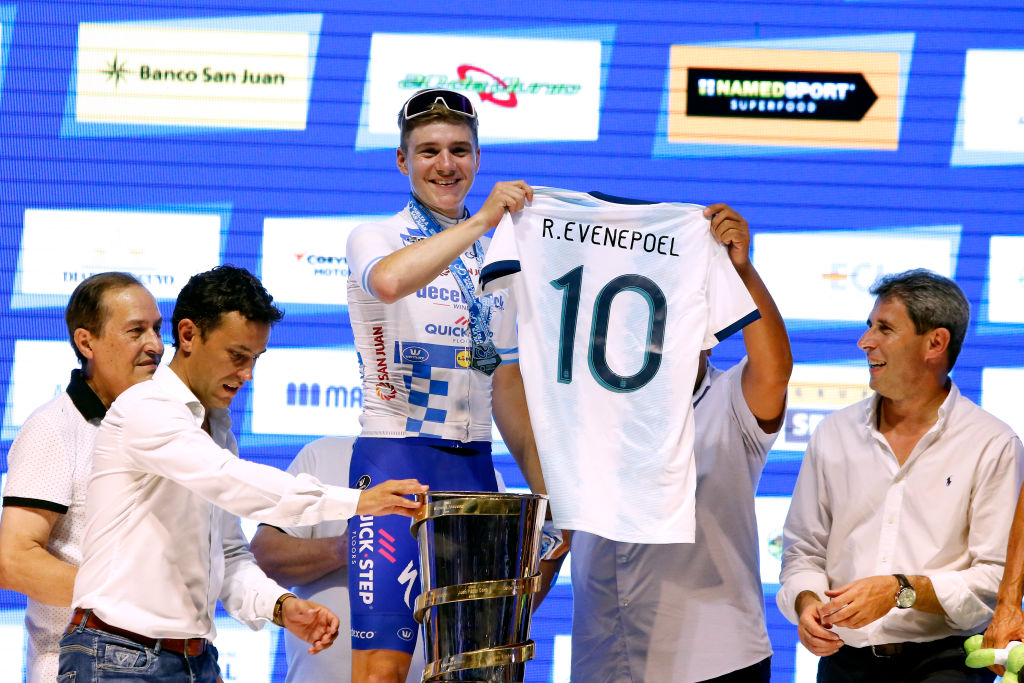
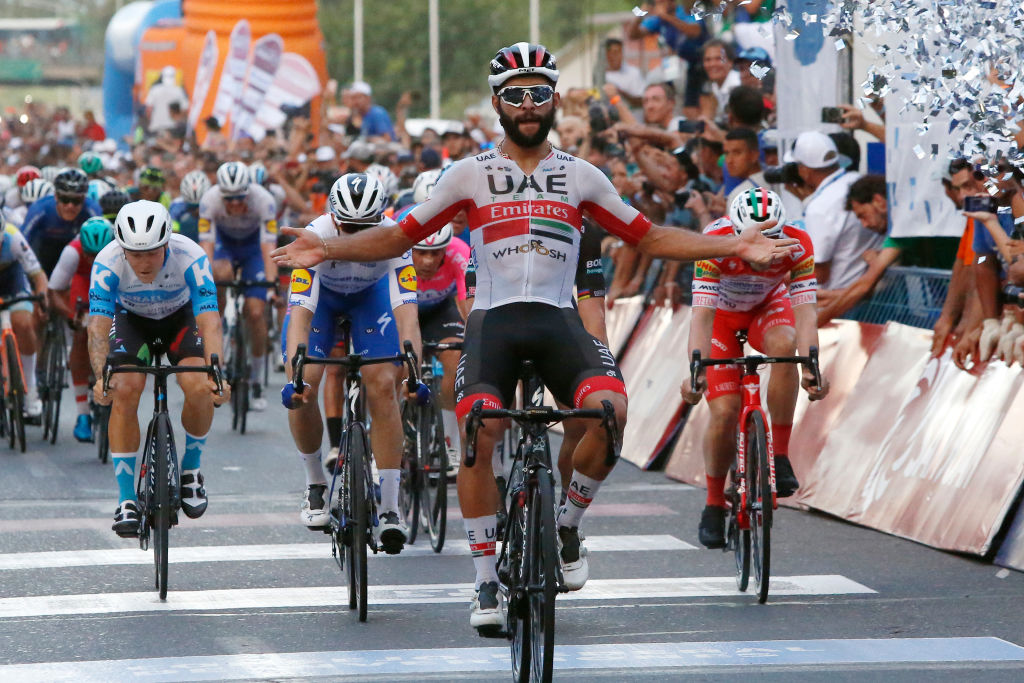
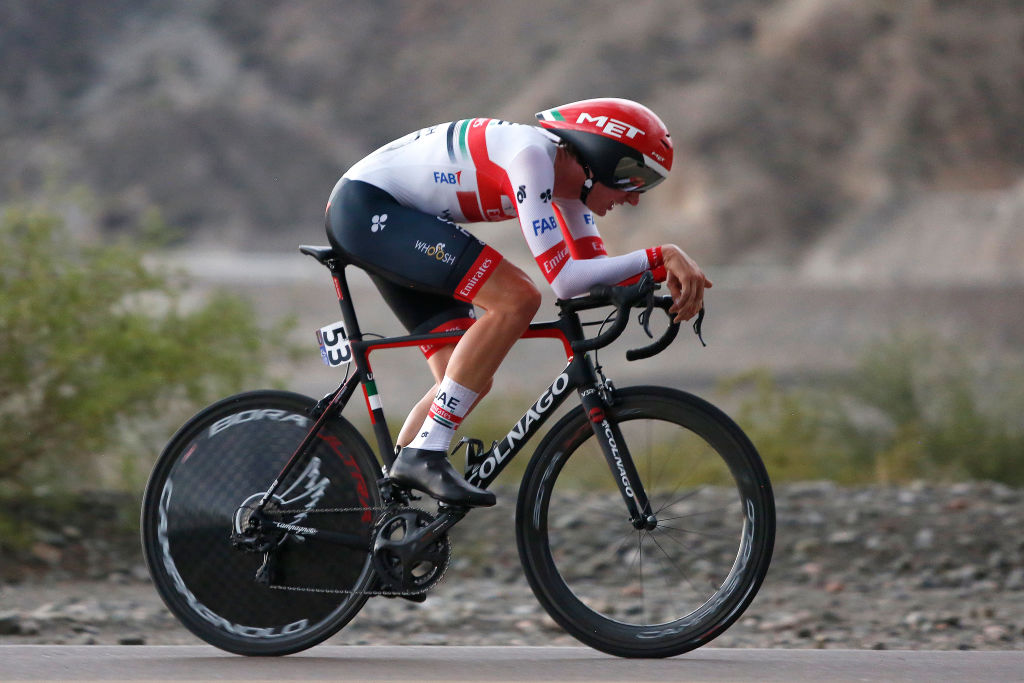
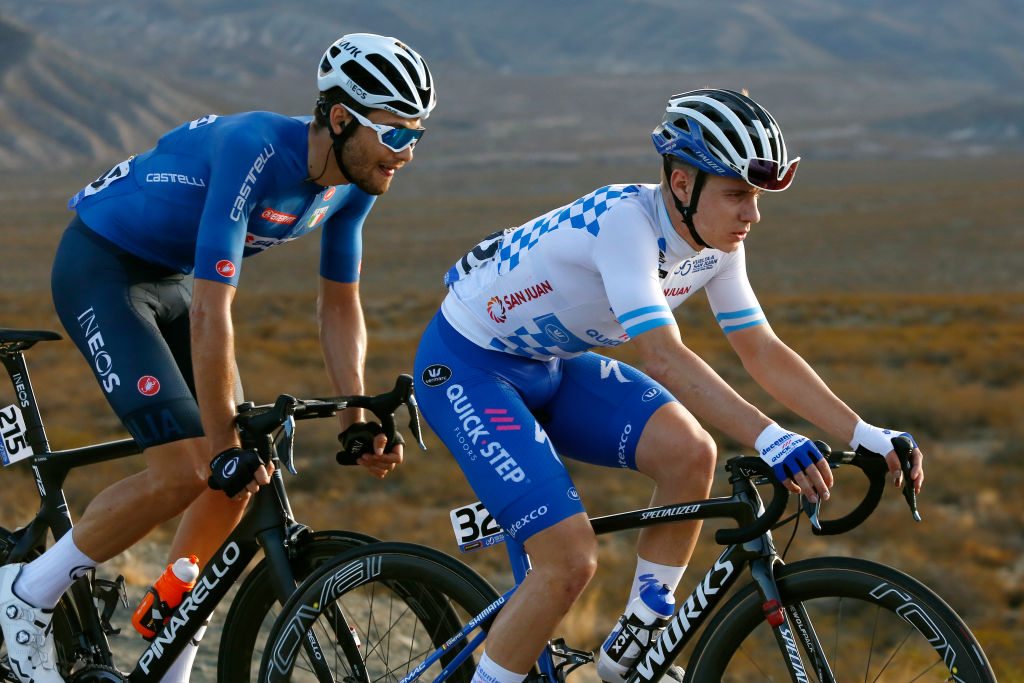
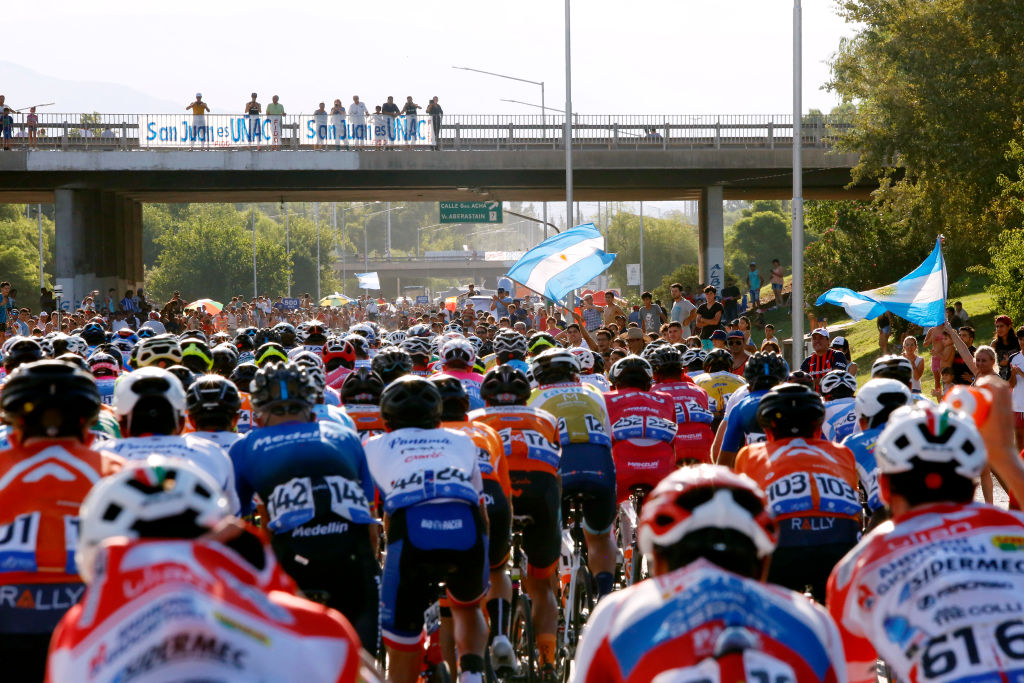
Remco Evenepoel topped the billing ahead of the 2020 Vuelta a San Juan, and the Belgian Deceuninck-QuickStep rider duly lived up to expectations by claiming overall victory. But there were plenty of plotlines in the opening race of the UCI ProSeries, from Fernando Gaviria's hat-trick of stage wins to Julian Alaphilippe's illness, from Guillaume Martin's pugnacious debut in the colours of Cofidis to Peter Sagan's gradual improvement as the week progressed. Cyclingnews looks at five of the talking points from this year's race.
Evenepoel still has margin for improvement
Evenepoel has only been racing bikes for two years and 10 months, but he is already exhausting superlatives. Given the parcours – and despite his tender years – it was no surprise to see the Belgian emerge victorious at the Vuelta a San Juan, but the nature of that triumph still caused a stir, prompting local reporters to afford him the highest of accolades and comparing him to Lionel Messi.
At one point on the run-in to the foot of the Alto Colorado on stage 5, Evenepoel was 1:20 behind the front echelon, but through raw strength and sheer force of will, he dragged his group of chasers back up to the head of the race. It was simply the latest in a succession of outsized displays from the 20-year-old.
The good news for the rest of the peloton is that Evenepoel still has exploitable chinks in his armoury – or, at least, gaps in his experience – as suggested by the way he was caught on the wrong side of the split in the first place. The bad news is that this also means he still has ample margin for improvement. A sobering thought.

Gaviria looks to compensate for low-key 2019
At first glance, it would seem unwise to read too much into Fernando Gaviria's haul of three stage wins this week. After all, notching up early victories is nothing new for the Colombian, who has now racked up a total of 11 stage wins at the Tour de San Luis and Vuelta a San Juan since he announced his arrival by beating Mark Cavendish as a callow 20-year-old in 2015.
When Gaviria picked up two wins in San Juan last year, it looked like it might be business as usual in his maiden season at UAE Team Emirates, but he would take only four more wins – including a late, late brace at the Tour of Guangxi in October – in a year blighted by a knee injury. There are, however, causes for optimism as he faces in a 2020 season where the Classics and the Tour de France are his key rendezvous.
During the off-season, UAE Team Emirates invested in Gaviria's sprint train, persuading his old lead-out man Max Richeze to leave Deceuninck-QuickStep to return to his friend and training partner's service. It is a transfer that should pay dividends over the course of the year, as the Argentinian suggested with his pitch-perfect piloting of Gaviria on stage 4 in San Agustín, and again on the final stage.
Get The Leadout Newsletter
The latest race content, interviews, features, reviews and expert buying guides, direct to your inbox!
It was also notable that Gaviria cut an especially lean figure this past week in San Juan. He told reporters that his current weight of 72 or 73kg is 2kg less than when he won the opening stage of the 2018 Tour de France – the result, he said, of following a pescatarian diet during his stint at home in Colombia during the off-season.
"It's because of the beef in Colombia," Gaviria explained. "They don't control for hormones in the beef. I prefer not to risk problems, so I don't eat beef when I'm there, only fish."

McNulty's ride was worthy of a podium
The final overall standings of the 2020 Vuelta a San Juan show Brandon McNulty in fourth place, 1:21 behind Evenepoel and 20 seconds off Oscar Sevilla's third place, but the results sheet gives only a partial account of his first race in the colours of UAE Team Emirates.
The overall picture at the Vuelta a San Juan was defined by two stages: the time trial to Punta Negra and the mountaintop finish at Alto Colorado. McNulty cut an assured figure on the latter stage, making the front group when the peloton split into echelons on the approach to the final climb, and then having the strength – and the nous – to attack as Evenepoel closed within touching distance at the base of the climb proper.
The 21-year-old proceeded to have the measure of Evenepoel, Guillaume Martin, Oscar Sevilla et al on the final haul to the 2,565m summit, eventually taking third place on the stage. It was not enough, however, to climb onto the final podium, although it could all have been very different had high winds not impacted severely on McNulty's performance in the pivotal stage 3 time trial.
While the stage winner Evenepoel and third-placed Sevilla enjoyed the best of the conditions during their time trial efforts, McNulty was among the late starters who had to climb into a stiff headwind on the rise towards the finish at Punta Negra dam. McNulty still had the strength to ride to fifth place on the stage, but had he enjoyed the same conditions as the early starters, it seems clear that his deficit to Evenepoel would have been rather smaller than 1:26, even if he was reluctant to cite the conditions as an excuse.
"I'm not going to sit here and say I lost because of the wind," he said.
No matter, it was an assured debut for the 2016 junior world time trial champion, who joined UAE Team Emirates from Rally during the off-season. His next appointment is the Ruta del Sol, while he is also slated to ride Paris-Nice in March.

Ganna's Olympic decision doesn't get any easier
Filippo Ganna is probably tired of answering the question, but the stock response is delivered politely all the same: no, he still hasn't decided whether to ride both the team pursuit and the individual time trial at the Tokyo 2020 Olympics.
The world record holder in the individual pursuit is a mainstay of Italy's improving pursuit quartet, which is a very realistic contender for a medal in Japan. Ganna is also one of the peloton's outstanding individual time triallists – strong enough to claim bronze in last season's World Championships in Yorkshire.
Ganna's preference is to line out in both events, despite the tight schedule: the time trial takes place on Wednesday, July 29, while team pursuit qualifying begins on Monday, August 3. Italian road coach Davide Cassani, however, has suggested that the Team Ineos man might be better served focusing on the team pursuit, given the hilly nature of the Tokyo course.
Cassani's stance is supported by the raw numbers: Ganna is 1.93m in height and with an in-form weight in excess of 80kg, while the Olympic time trial climbs 800 metres in 44.2km.
Riding for the Italian team in San Juan this week, however, Ganna produced a fine climbing performance on the mountaintop finish at Alto Colorado, hanging tough in the front group all the way to the summit to secure second place on GC, 33 seconds behind Evenepoel. He might have come altogether closer had he not caught the beginning of the worst of the conditions during his effort in the individual time trial on stage 3.
Ganna will return to action in Ineos colours with food for thought as he continues to toggle between disciplines in the weeks and months ahead. After the Track World Championships in Berlin in late February, he will switch his attention to preparing for his debut Giro d'Italia – a race that features three individual time trials. Small wonder that his decision on his Tokyo 2020 programme has been postponed until after the corsa rosa.

Centre of gravity shifts to South America in early season
European teams have been travelling to race in South America for generations – witness the intermittent 1980s and 1990s expeditions to the Clásico RCN – but the inaugural Tour de San Luis in 2007 marked the beginning of a new era. For many, the race offered a welcome alternative to the Tour Down Under, and the event has attracted pelotons of increasing depth over the decade of its existence.
When the Tour de San Luis went on hiatus in 2017, the Vuelta a San Juan – a well-established domestic race in Argentina – successfully applied for UCI status and attracted a strong field in its first year as an international race, while the inaugural Tour Colombia was held 12 months later.
While the slate of early-season racing on offer in the Middle East is contracting (despite the inaugural edition of ASO's problematic Saudi Tour), South America is growing increasingly popular with WorldTour teams in the early season.
There are even rumours that the Tour de San Luis might resume operations in 2021, which could potentially create a three-race ‘South American swing' in the opening weeks of the calendar. Whether that materialises or not, a sizeable number of riders are already spending large chunks of January and February in South America as it is, be it for racing or training. Men like Julian Alaphilippe and Peter Sagan are enjoying extended stays on the continent this year – as is much of the growing contingent of South American riders in the WorldTour.
In that light, it seems increasingly anomalous that South America is still without a WorldTour race, although this year's Vuelta a San Juan was at least included in the inaugural UCI ProSeries, the new second flight of racing. The peloton moves on, meanwhile, to the Tour Colombia 2.1, which gets under way on February 11.


Barry Ryan was Head of Features at Cyclingnews. He has covered professional cycling since 2010, reporting from the Tour de France, Giro d’Italia and events from Argentina to Japan. His writing has appeared in The Independent, Procycling and Cycling Plus. He is the author of The Ascent: Sean Kelly, Stephen Roche and the Rise of Irish Cycling’s Golden Generation, published by Gill Books.